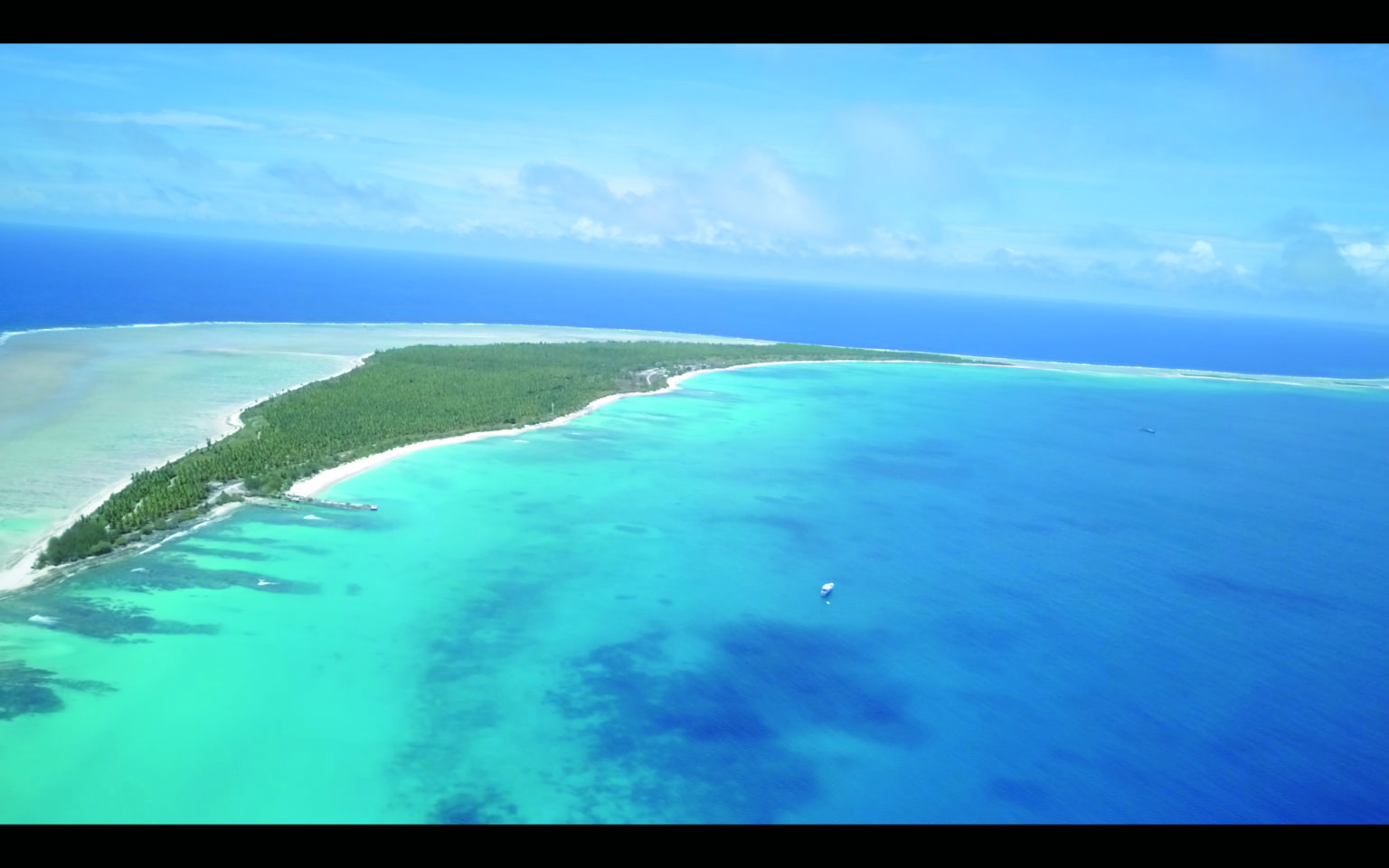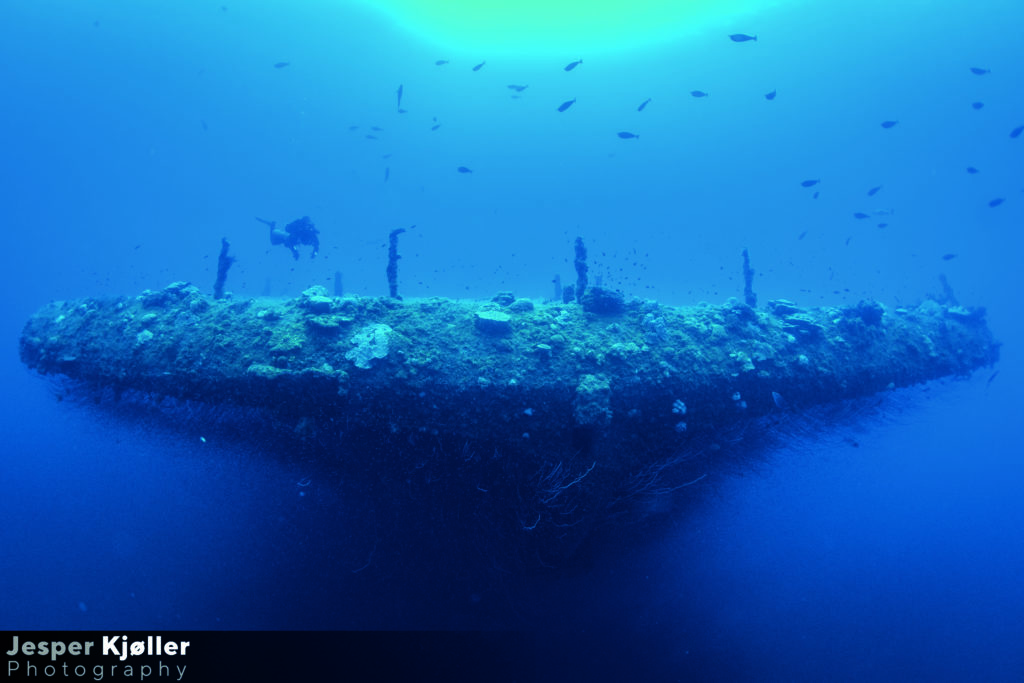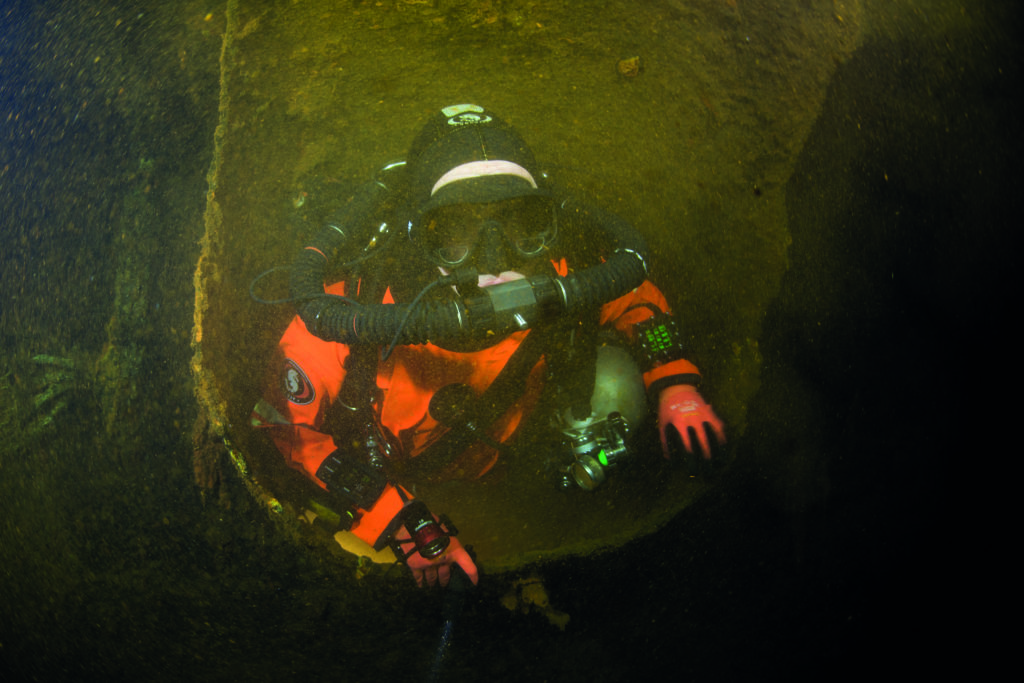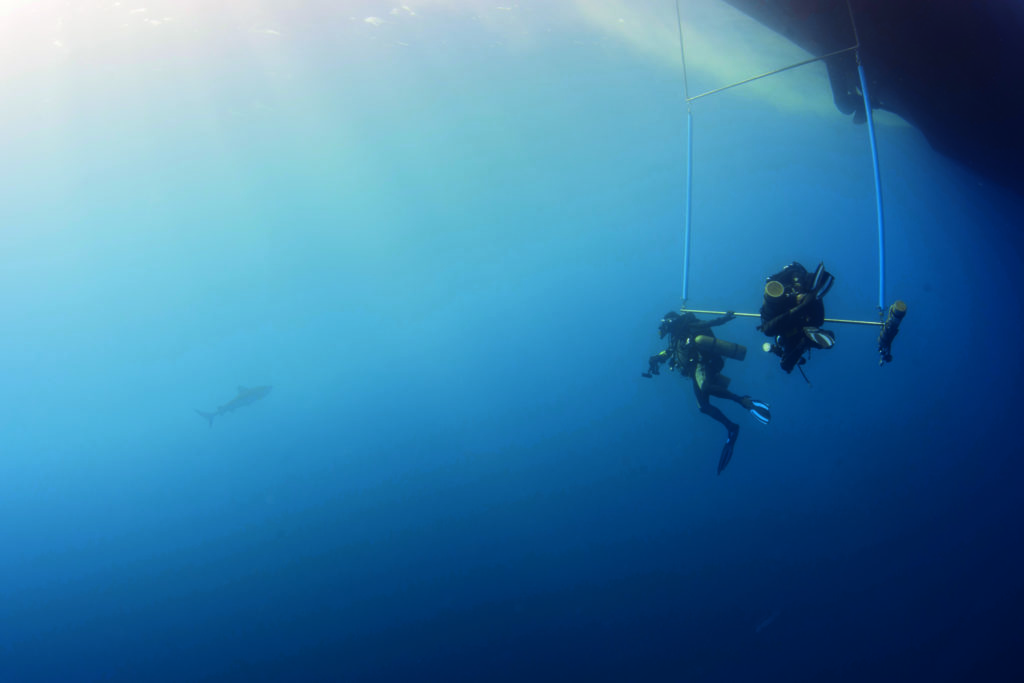Aron Arngrimsson, founder of The Dirty Dozen Expeditions, waxes lyrical about Operation Crossroads and how it made Bikini Atoll an iconic dive destination, as well as exploring the most-famous wreck – the USS Saratoga.
For most divers, Bikini is almost like an urban legend. A remote atoll in the middle of the Pacific where 21 nuclear tests were performed, where the Able and Baker blasts famously destroyed some of the most-significant warships of our time, and the local Bikini Islanders were left nuclear refugees to this day. It is a place where, after 40 hours of travel and a brief stop at a secret army base, you are still only halfway there. Historic wrecks, shark-filled waters, and exploration define it. Welcome to Bikini Atoll.
Operation Crossroads
After World War One, and following a mandate from the League of Nations, Japan took over the administration of the Marshall Islands. In anticipation of World War Two, military presence in the islands intensified. Bikini, Truk Lagoon, and other low-lying coral atolls became strategic points of interest.
Life for the Islanders wasn’t peaceful anymore as the Japanese began building watchtowers to keep an eye out for an American invasion. Kwajalein, in particular, became a key headquarters for the Japanese. American forces took Kwajalein and the Marshalls by force in February 1944. Japanese control was lost.
There were five Japanese soldiers left on Bikini Atoll. Instead of allowing themselves to be captured, they blew themselves up with a grenade while hiding out in a foxhole.
Post-World War Two, in December 1945, then-US President Harry Truman informed the US Forces the testing of nuclear weapons would be undertaken ‘to determine the effect of atomic bombs on American warships’. Unluckily for Bikini, its isolation from the sea and air routes meant it was chosen as a nuclear testing point – these tests came to be named Operation Crossroads.
Commodore Wyatt, then-military governor of the Marshall Islands, went to Bikini in February 1946. After church on a Sunday, he gathered the native Bikini Islanders and asked them to leave their homes so the US could test bombs. He stated it was for ‘the good of mankind and to end all world wars’. King Juda, the Bikini monarch, was understandably confused but entered into discussions with his people. They decided to leave: ‘We will go believing that everything is in the hands of God’.

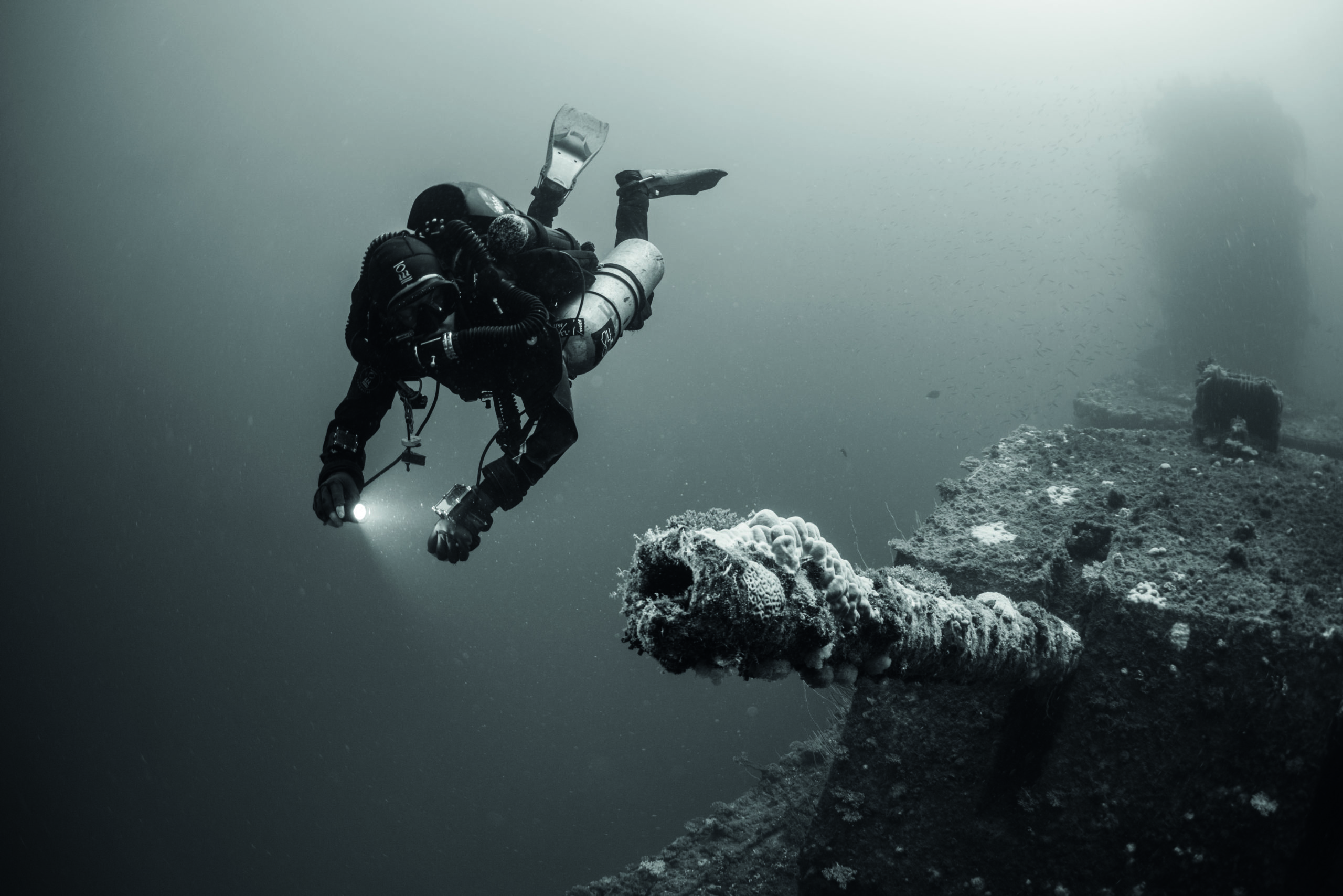
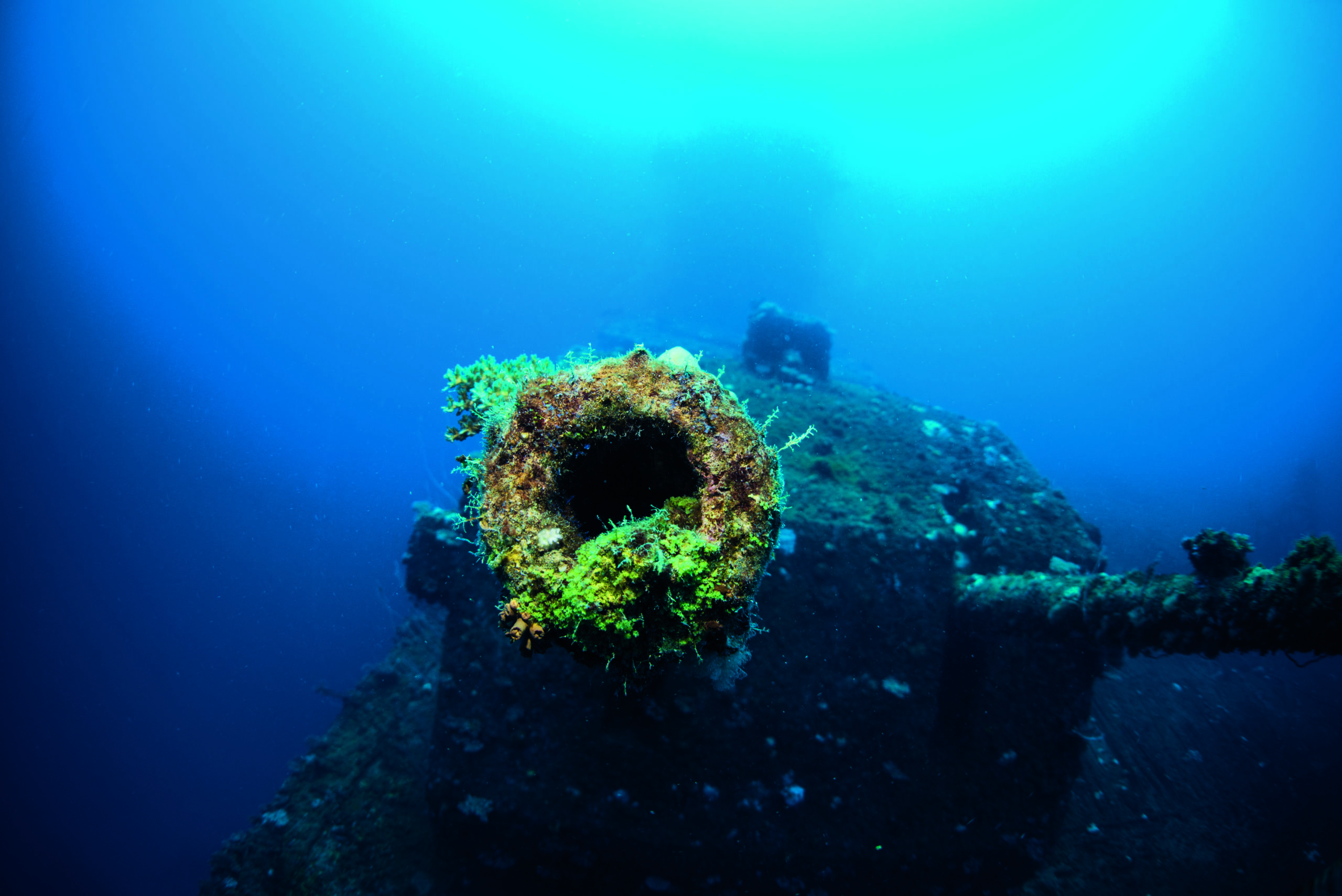
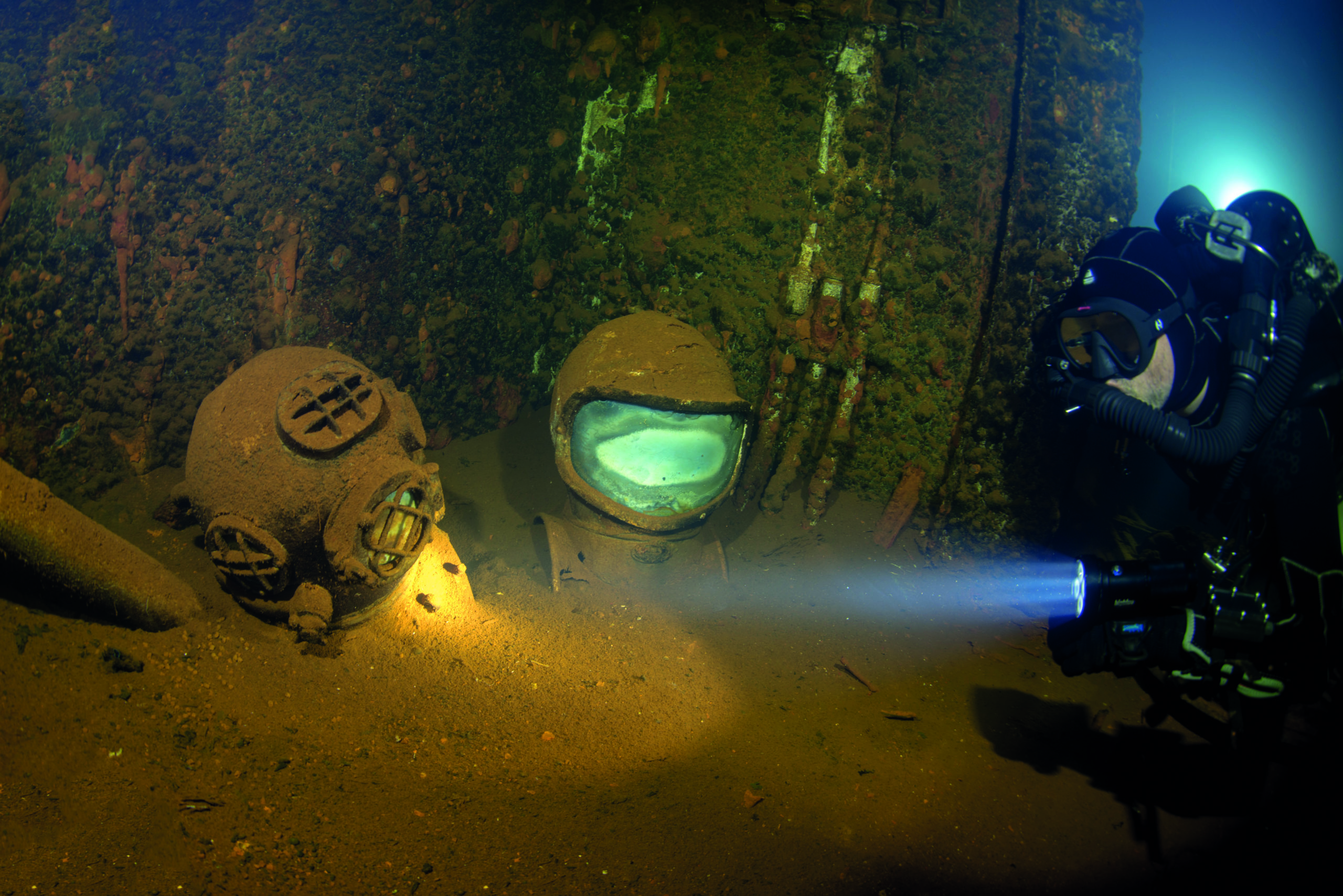
While the Islanders were preparing for their enforced exodus, the US testing programme advanced swiftly. A total of 242 naval ships, 156 aircraft, 25,000 radiation recording tools, and 5,400 animals arrived. The latter were to serve as test subjects. More than 42,000 US personnel played a part in the testing programme.
The Crossroads tests were the first of other nuclear tests in the Marshalls. They were also the first to be announced in public beforehand and were observed by a large audience, including press from around the world. Operation Crossroads was led by a joint Army and Navy Task Force. The target ships were placed in Bikini’s lagoon. They were hit with two rounds of Fat Man plutonium implosion weapons, the same type of nuclear bomb that was dropped on Nagasaki. Each implosion yielded 23 kilotons of TNT.
A total of 95 vessels – the equivalent of the sixth-largest navy in the world – were caught in the crossfire of the Able and Baker bombs. Among the sunken ships were four US battleships, two aircraft carriers, two cruisers, 11 destroyers, eight submarines, and three surrendered German and Japanese warships. These vessels had been bunkered and were filled with ammunition. Some even carried sheep and other animals acting as stand-in soldiers so that the effects of radiation could be observed.
The first blast, Able, was dropped from a B-29 and detonated at an altitude of 158 metres at 9am on 1 July, 1946. Designed to replicate the Hiroshima bomb over water, it didn’t go as planned as the bomb missed its target, the USS Nevada battleship. It did, however, sink the USS Gilham, USS Carlisle, USS Anderson, USS Lamson, and IJN Sakawa.
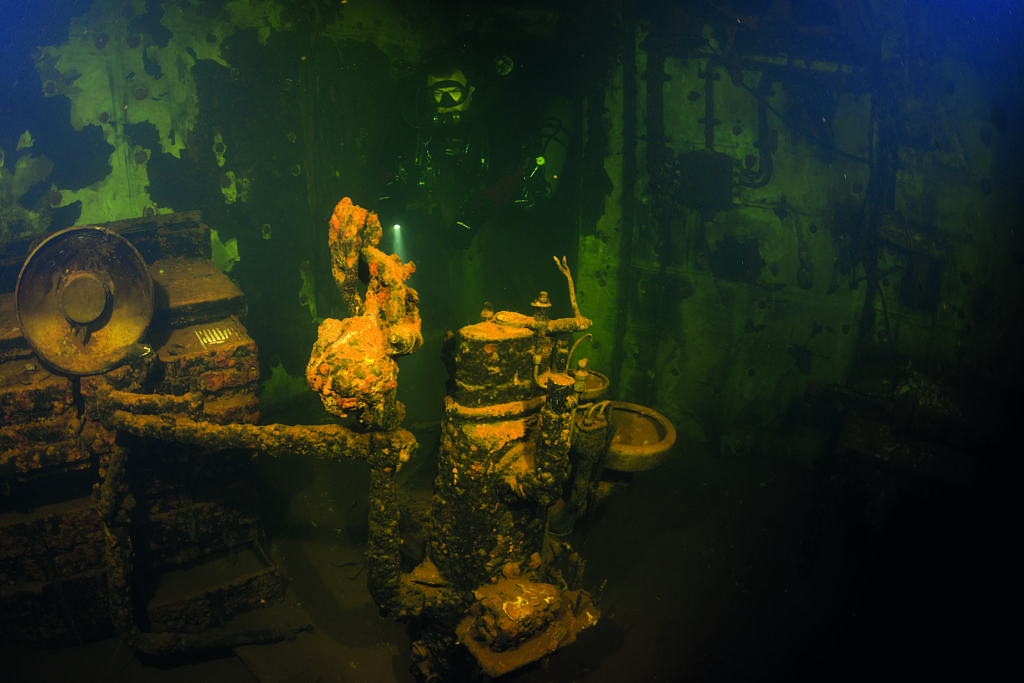
Baker, a bomb of the same yield, was used for the second test. It was detonated at 27m underwater beneath LSM-60 on 25 July, 1946. No part of LSM-60 has been identified since, it’s presumed to have been completely vaporised.
A Defense Nuclear Agency report detailing the weather briefing the day prior to Castle Bravo test stated there would be ‘no significant fallout for the populated Marshalls’. The 6pm briefing was contradictory though: ‘the predicted winds were less favourable; nevertheless, the decision to go ahead was reaffirmed, but with another review of the winds scheduled for midnight’. It was known that high winds were ‘headed for Rongelap to the east’. Furthermore, ‘it was recognised that both Bikini and Eneman islands would probably be contaminated’.
The decision to go forward with the testing, knowing full well that the winds were blowing toward inhabited islands, was in essence a decision to contaminate the northern Marshalls. And to irradiate the people who were living there.
A lot of the targets also represented symbolic killings. The Japanese battleship IJN Nagato is famously known as the vessel from which Admiral Yamamoto issued the order to attack Pearl Harbour, which brought the US into World War Two.
During Operation Crossroads, the US Navy placed it in the direct crosshairs of the Able and Baker tests.
For the few ships that survived the blasts, radioactive contamination in the lagoon proved more problematic than expected. Prinz Eugen, a German heavy cruiser, sank in December outside of Kwajalein just five months after the tests. The high radioactivity levels made repairs to the leaking hull impossible.
Only nine surviving ships were decontaminated and then sold as scrap. Other vessels, when decontamination wasn’t successful, were sunk near Kwajalein.
Bikini Lagoon became the graveyard for some of the most-significant naval ships in war history. The dangers of the radioactivity and the remoteness of the area led to an extremely limited exploration of this diving site for many years. Now, from the misery and destruction wrought by the nuclear tests, Bikini Atoll has risen as the world’s preeminent wreck-diving site.
The USS Saratoga
The USS Saratoga entered service in 1928 and spent her whole career with the Pacific Fleet. She was the third cruiser to be converted into an aircraft carrier. The Japanese claimed to have sunk the Saratoga seven times during World War Two. It was only when the vessel was struck by five kamikaze attacks on 21 February, 1945, killing 123 men and tearing a huge hole in the side of the ship, that the end started getting near for the Saratoga. In July 1946, the ship was part of Operation Crossroads.
After surviving the first nuclear blast, the Saratoga was not so lucky during Baker. The explosion forced the vessel out of the water, knocking everything off the flight deck and destroying her funnel. Her ammunition and fuel loads were at 67 percent and 10 percent capacity respectively.
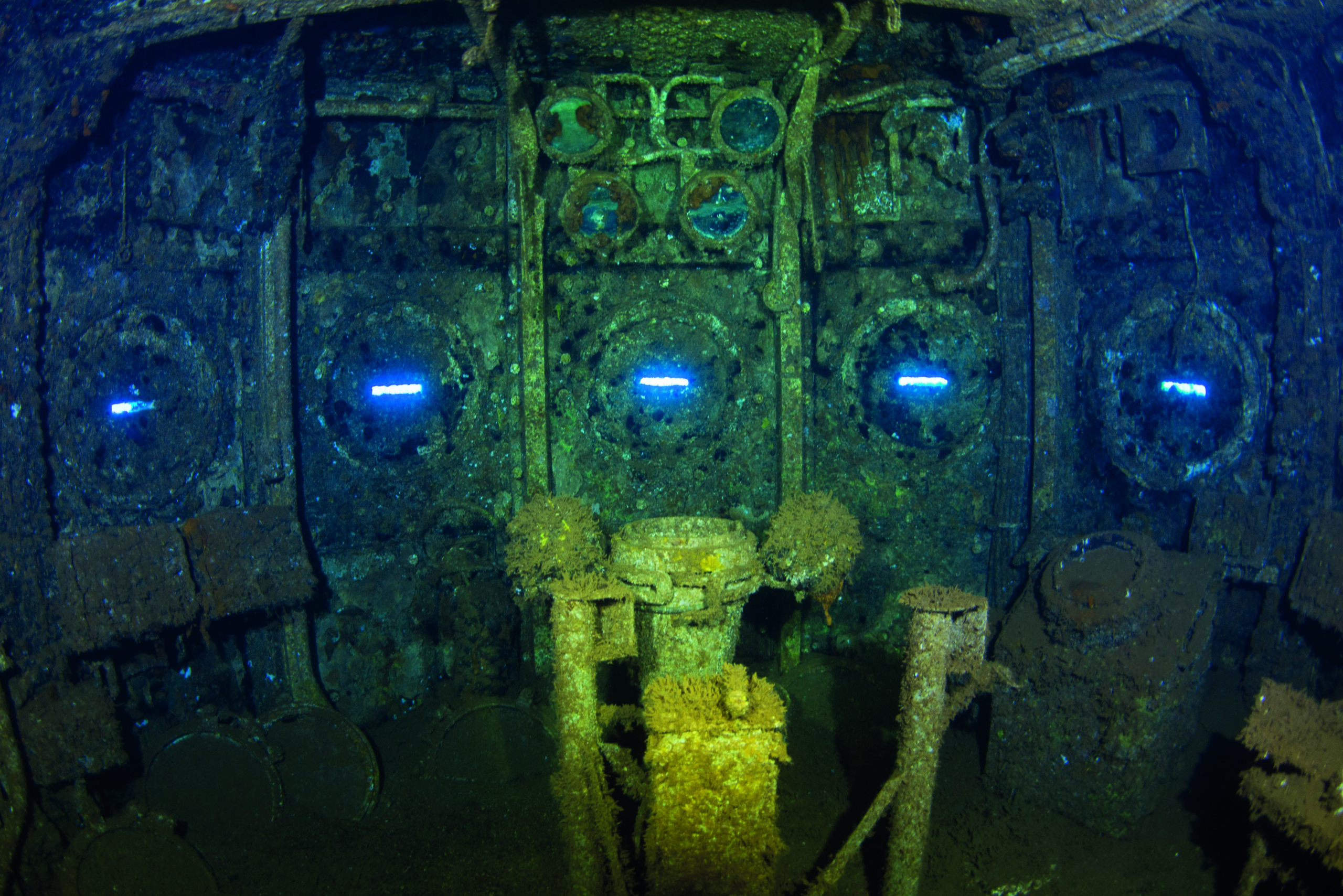
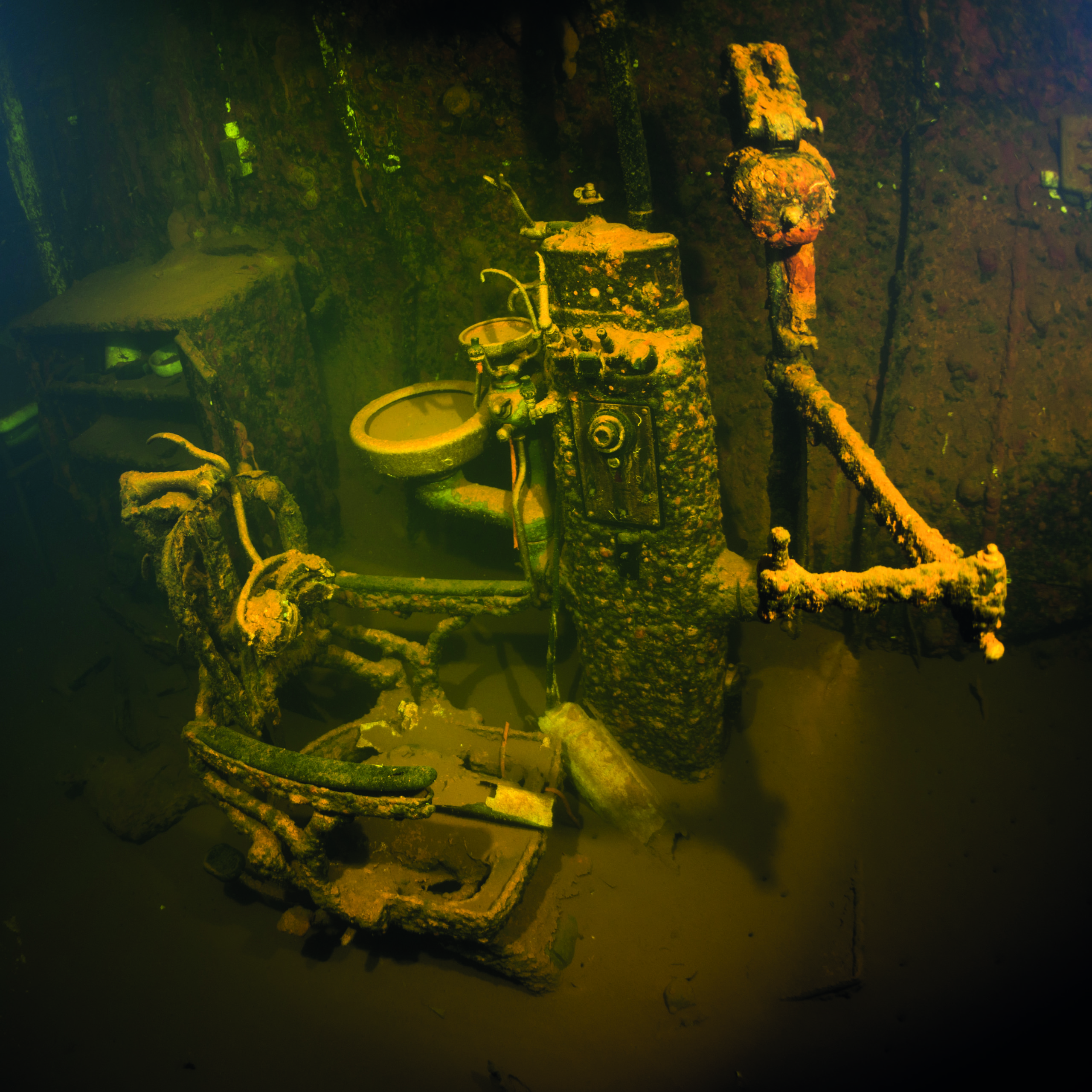
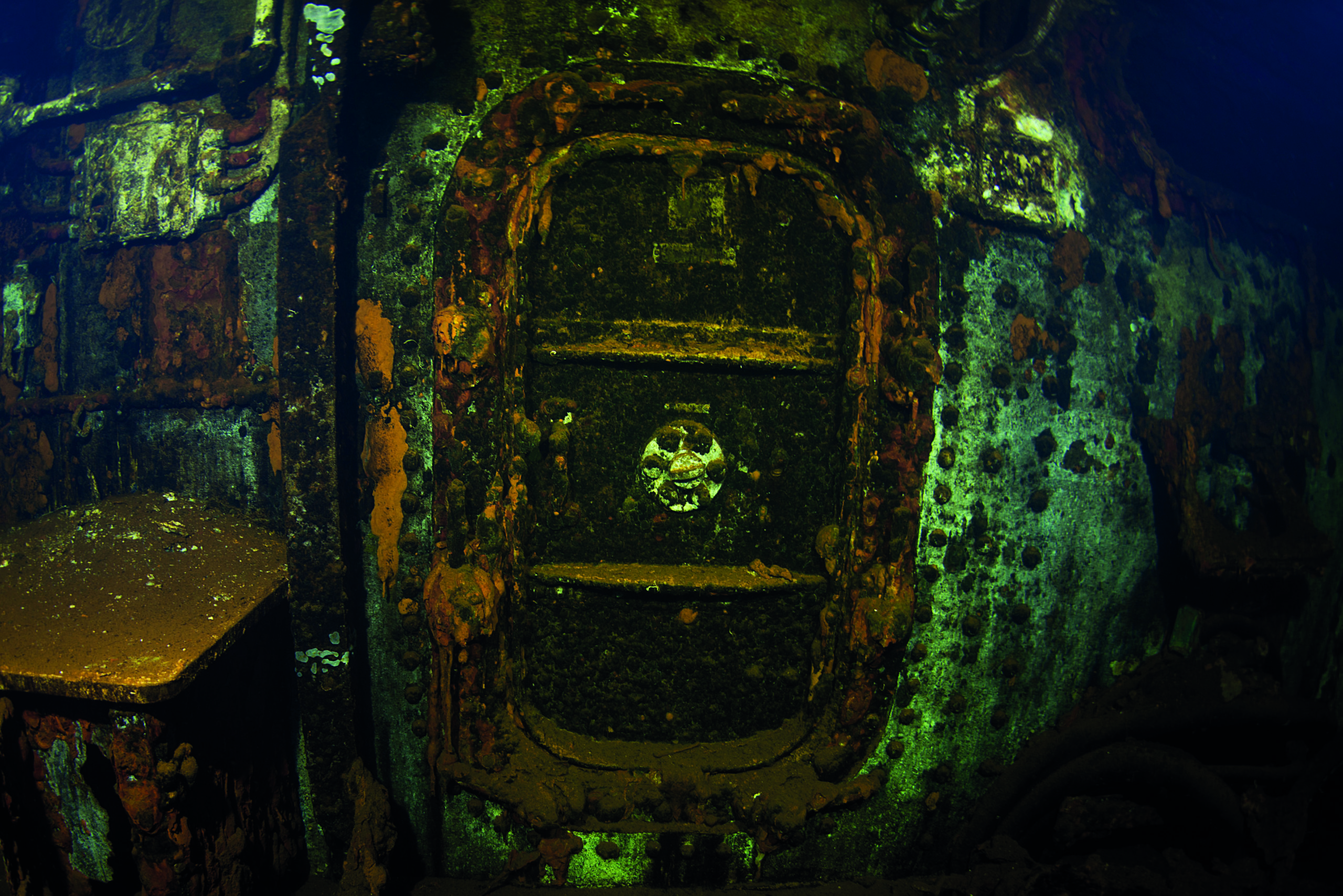
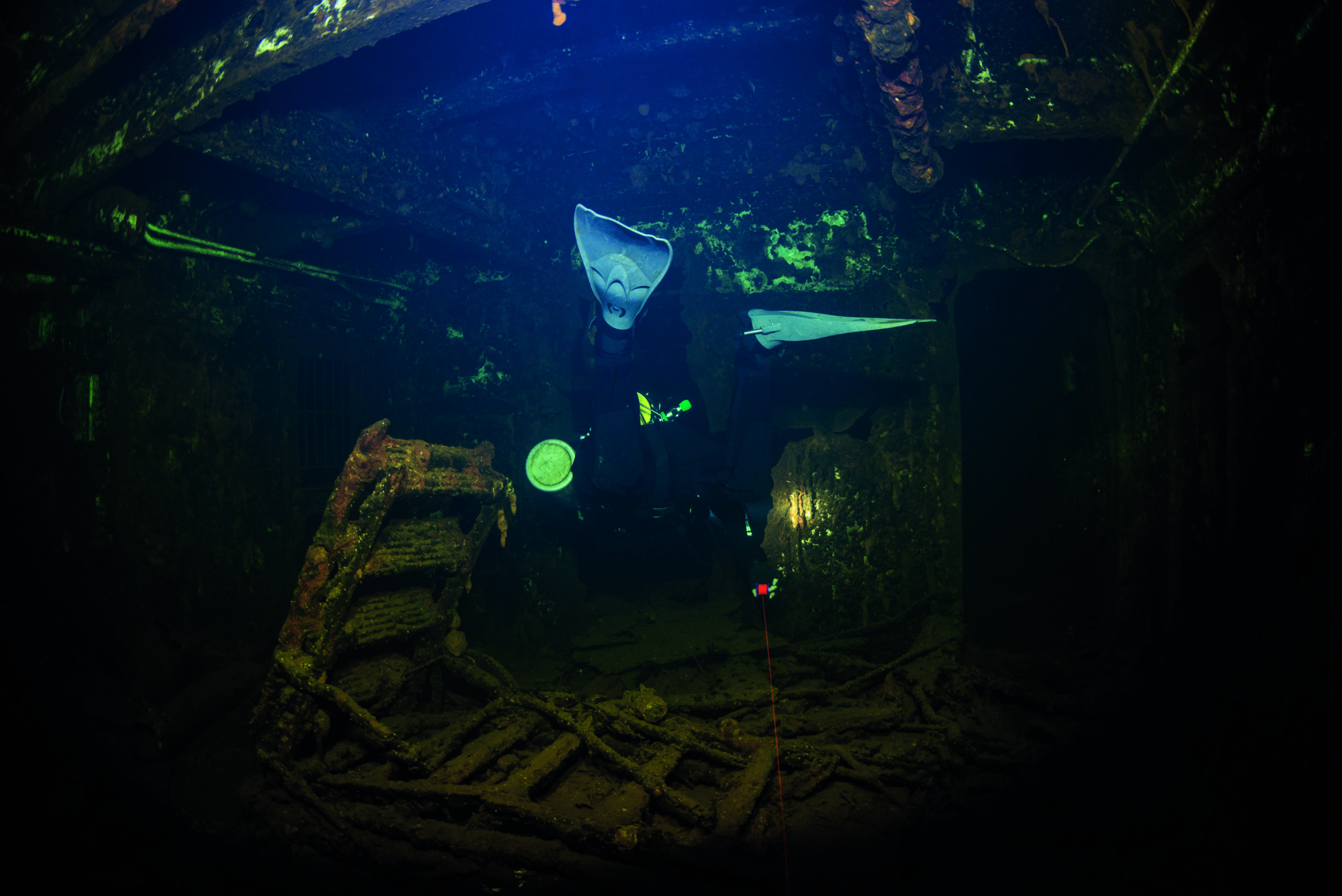
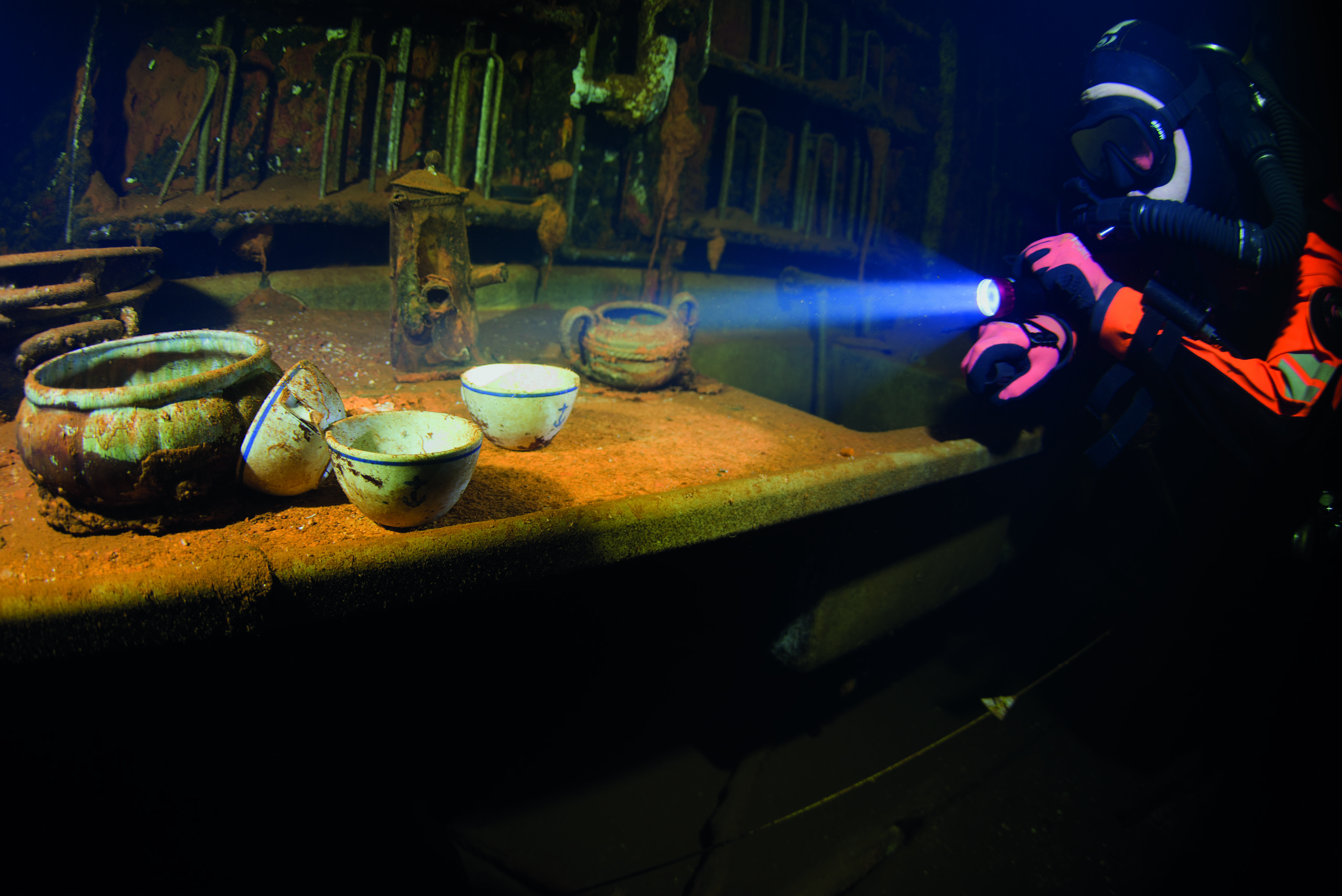
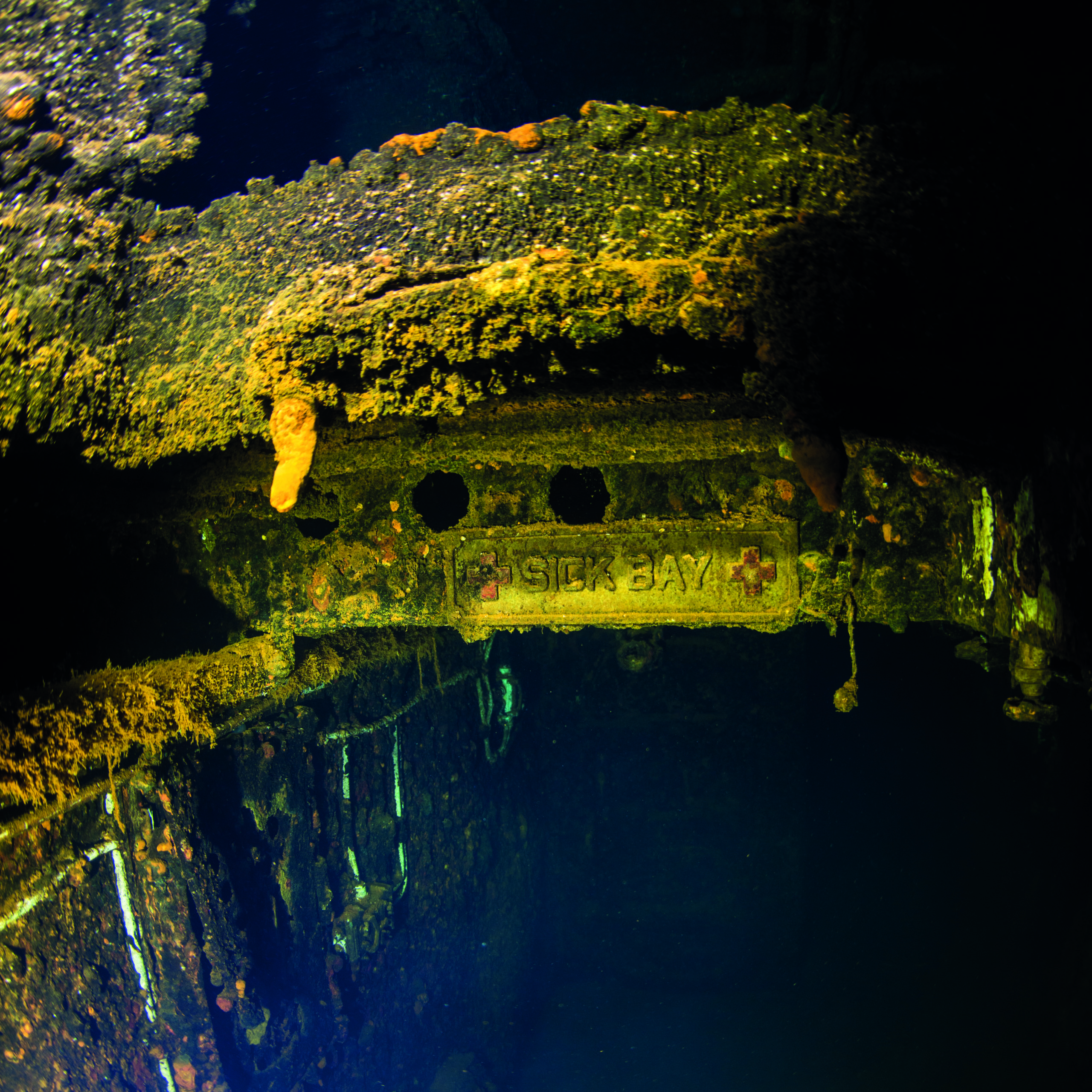
Eight hours after the blast, as he watched the aircraft carrier sink below the water, a correspondent for the New York Times wrote ‘Outside the reef… the observing ships cruised, while the Sara slowly died. There were scores who wanted to save her – and perhaps she might have been saved, had there been a crew aboard. But she died a lonely death, with no man upon the decks once teaming with life’.
The USS Saratoga now rests 51m below the water in the lagoon at Bikini. The bridge is accessible at 18m, with the deck at 29m. The bombs and scattered Helldivers are on the bottom, flung from the carrier during the explosions, with their controls and dials still somewhat intact.
The forward elevator shaft offers a range of penetrations including the sick bay, scullery, dive locker, and the blacksmith shop, among others. There are over 1,000 watertight compartments on the Saratoga with many closed doors still unexplored for over 70 years. The way it makes you feel going down corridor after corridor is like no other, endless amounts of mind-blowing exploration.
While the wreck itself is teeming with life – tiger sharks and even occasional juvenile whale sharks like to hang around the wreck – the sheer size combined with the number of artefacts is simply unparalleled.
That it was blown up by a nuclear device, and it is in one of the remotest places on the planet, stands testament to the old adage that the most-extraordinary things in life are hard to get, but for the most part, there is a very good reason for it. Saratoga is one of them.
A total of 95 vessels – the equivalent of the sixth-largest navy in the world – were caught in the crossfire of the Able and Baker bombs
The way it makes you feel going down corridor after corridor is like no other, endless amounts of mind-blowing exploration
The Dirty Dozen Expeditions came about when two passionate wreck divers shared a beer, while running a boat in Truk Lagoon, Micronesia, and discussed their dream-trip itinerary. They decided to organise a special one-off trip and invite old friends and industry leaders to join. Since then, The Dirty Dozen Expeditions has gone from that first trip to 20-plus expeditions in Truk Lagoon, Bikini Atoll, and beyond. Dirty Dozen trips foster a close-knit family atmosphere between passionate wreck junkies and distinguished guest divers who conduct onboard workshops. Their unique itineraries are combined with full support for the most-demanding OC/CCR divers. The expedition-ready vessel Truk Master travels to Bikini Atoll between May and October every year and is the only regularly scheduled dive operator since the land-based dive centre was abandoned. The yacht provides ample space for relaxation, big cameras, rebreathers and all the tech kit their divers need. There are redundant oxygen generators onboard, ample supplies of helium and Sofnolime, underwater scooters, twinsets, and dedicated sidemount and rebreather cylinders. Logistical challenges in Bikini are about as hard as they can get because of the atoll’s isolation. But with their vast experience operating in remote areas, you’ll find that the crew makes it look easy and you can have the wreck-diving trip of a lifetime in both style and comfort. Email: info@thedirtydozen.org for more information, pricing, and availability, or check out: www.thedirtydozen.or
Photographs by Aron Arngrimsson
